It seems that Sony invests a decent amount of R&D in order to improve its sole professional drone – Airpeak S1. This time, Sony has developed some expensive toys that allow Airpeak to be more precise, and effective. With the new upgrades, Airpeak gives a challenging fight to its new contender — the newly announced DJI Inspire 3.
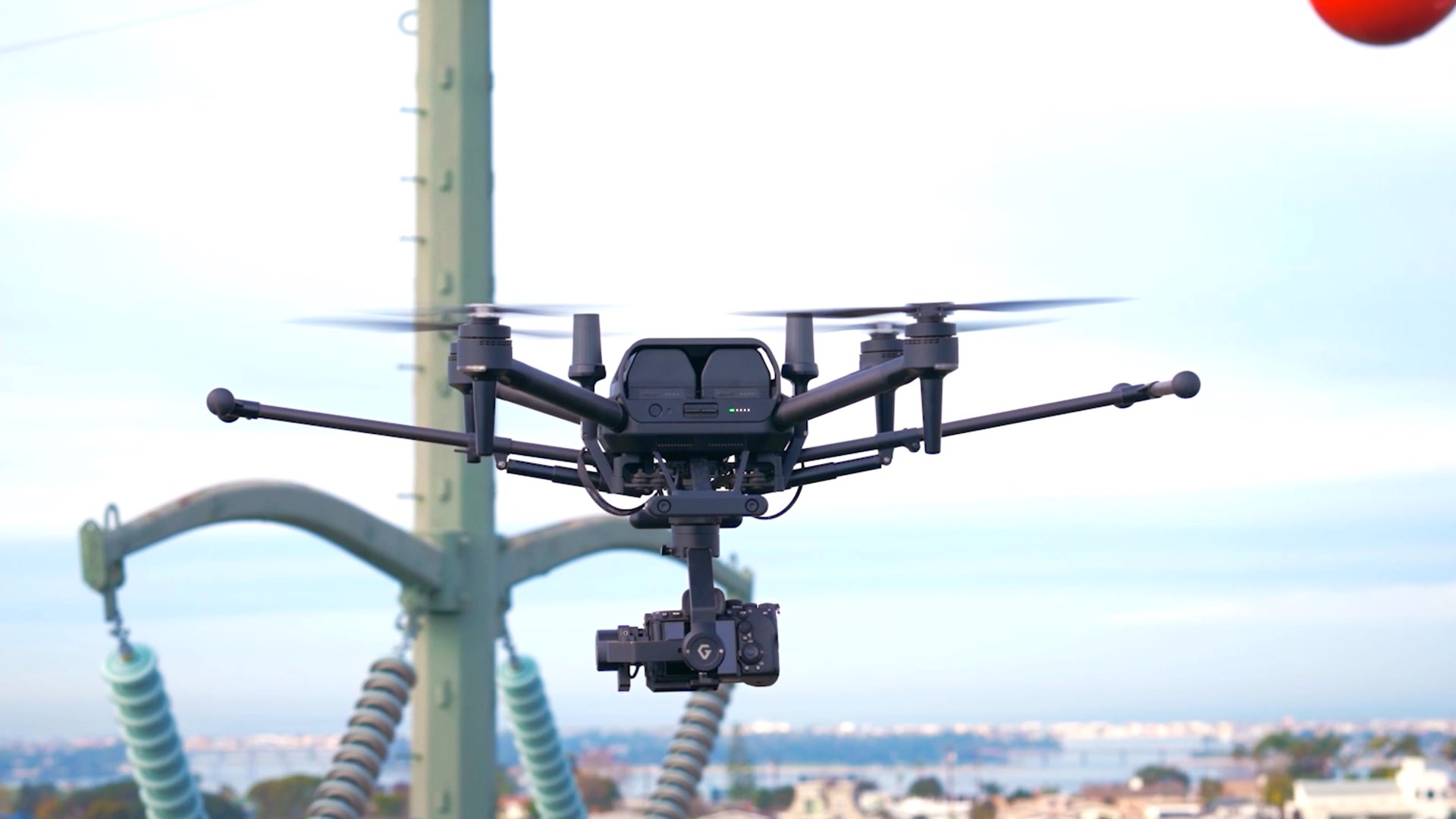
Sony Airpeak S1 got upgraded
As stated by Sony: “We are pleased to share that today Sony introduced new upgrades for their Airpeak S1 drone, aimed at enhancing the precision, performance, and reliability of the drone for a wide range of applications. The new upgrades include an RTK Kit, a new advanced and lightweight gimbal, and an enhanced battery, providing industrial users with the tools necessary to capture high-quality aerial footage and data. These exciting developments promise to take the capabilities of the S1 to new heights, by offering a significant boost to efficiency, productivity, and overall functionality”. Let’s elaborate.

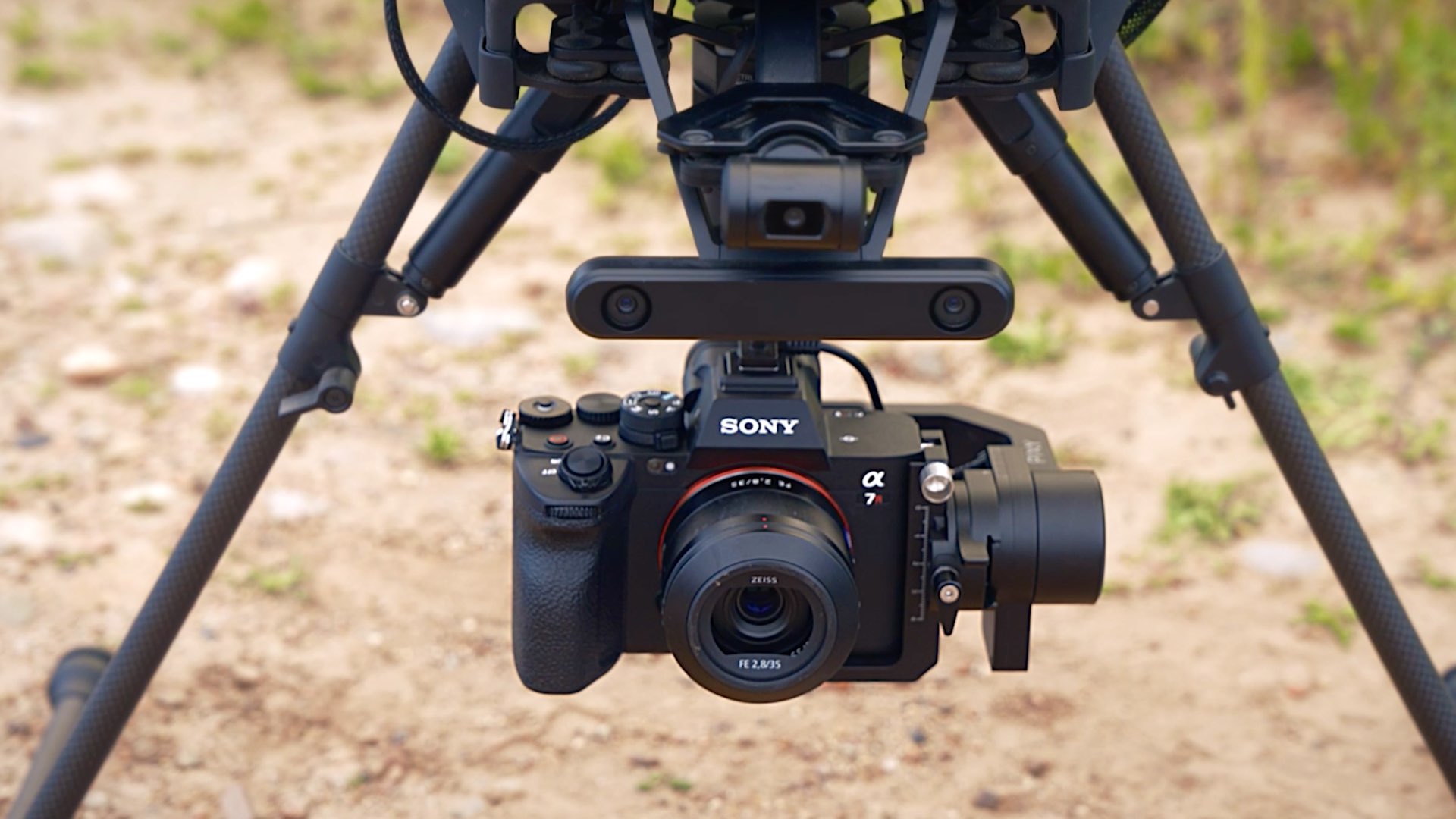
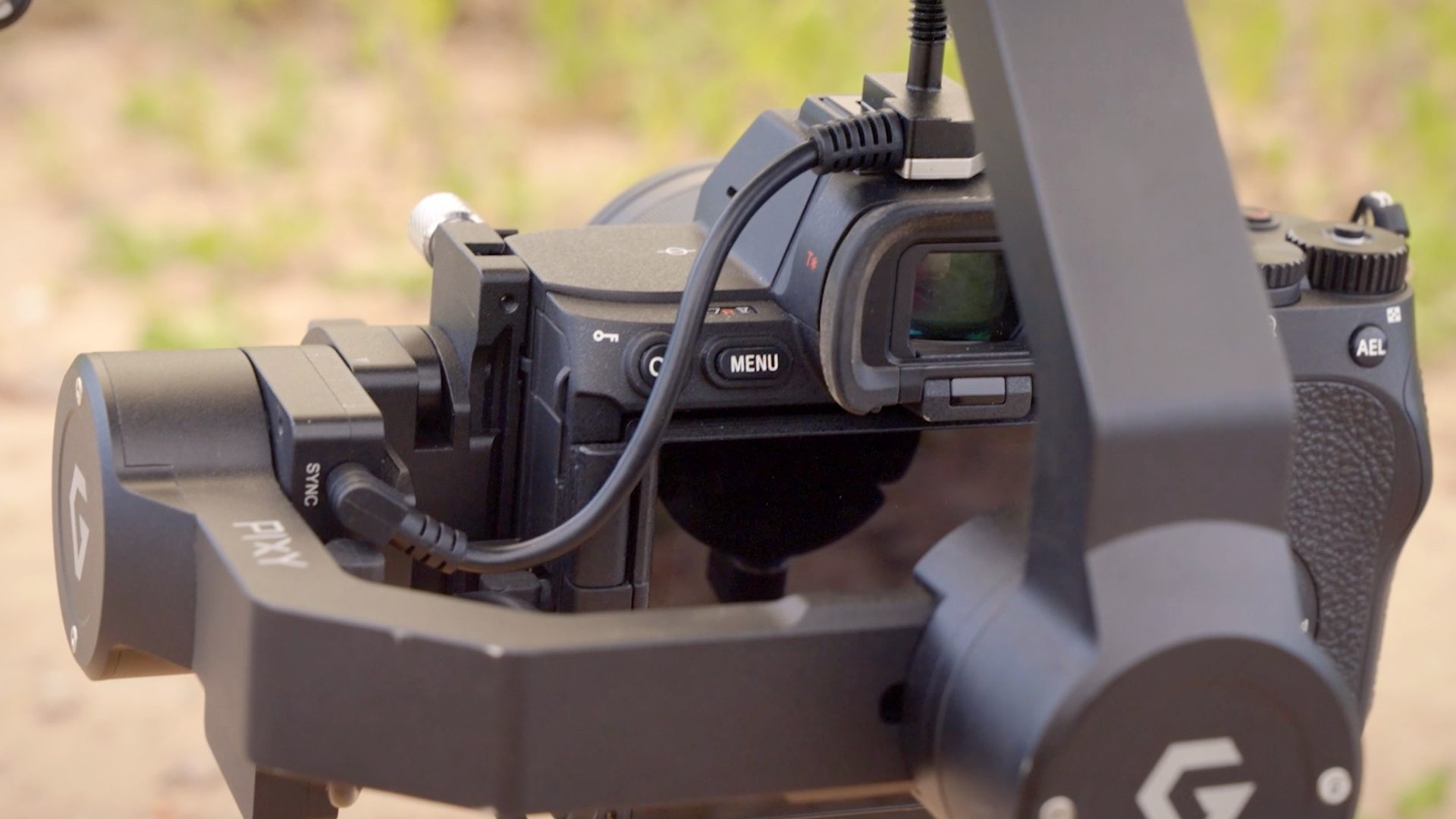
The Real-Time Kinematic RTK Kit
The Real-Time Kinematic RTK Kit for Sony’s Airpeak S1 is an exciting development that further enhances the capabilities of drones for complex implementation. With the RTK system, the Airpeak S1 can achieve highly precise positioning and navigation without lag, enabling it to maintain a stable flight path. The RTK system uses a base station that receives satellite signals from the Global Navigation Satellite System GNSS and an Airpeak-mounted receiver that uses these signals to determine its position. By comparing the signals from multiple GNSS satellites, the system can calculate Airpeak’s precise location, velocity, and orientation, providing centimeter-level accuracy in positioning and stable reproducible flight. Indeed, centimeter-level accuracy can be an essential characteristic in a complex shooting environment. BTW, the newly announced DJI Inspire 3 has this level of accuracy (as opposed to Inspire 2 which has ‘only’ meter-level accuracy).


Gremsy Gimbal, PX1 for Sony mirrorless cameras
The Gremsy Gimbal, PX1 for Airpeak, is a state-of-the-art, lightweight gimbal that has been designed specifically to be used with Sony’s Airpeak drone and provides an extensive range of advanced features to capture high-quality aerial footage and data. The PX1 can achieve all of this while being over 40% lighter than the Gremsy Gimbal T3 for Airpeak saving valuable weight to improve flight time. Furthermore, the PX1 operates smoothly with compatible with full-size mirrorless interchangeable lens α cameras such as Sony’s A7R V, A7R IV, or the A7R IVA cameras, and it supports various lenses such as the Zeiss 35mm F2.8, the 24mm F2.8G, 40mm F2.5 G, or the 50 F2.5 G. The PX1 also pairs with Airpeak and the Flight app via the remote controller, allowing users to control the gimbal’s movements and adjust camera settings with precise tuning. Settings can be changed and adjusted according to the situation without touching the camera, enabling streamlined operation during capturing. In addition, it supports touch-operated focus area setting and selection of focus position. The focus position can be flexibly changed on the mobile app, enabling more accurate capturing. Moreover, it’s easy to use with only 2 mounting points and the ability to swap out cards and batteries without having to remove the camera from the gimbal. This gimbal utilizes one of the most significant advantages of Airpeak, which is the ability to use your Sony mirrorless camera. However, it must be noted that, according to the announcement, the PX1 does not support Alpha 1, FX30, and FX3 cameras. That’s strange not allowing Airpeak’s new gimbal to be paired with the best mirrorless cameras Sony can offer.
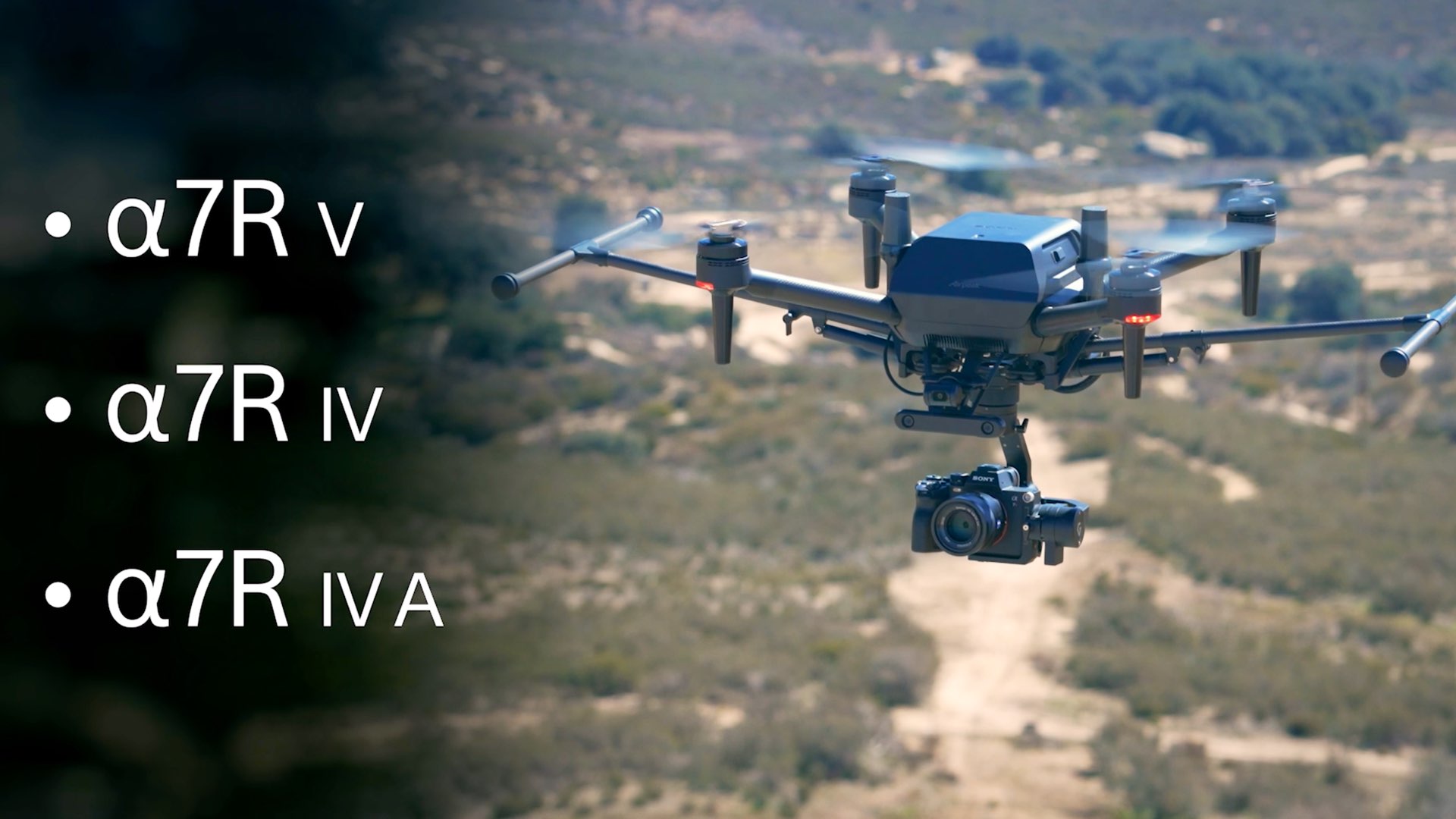
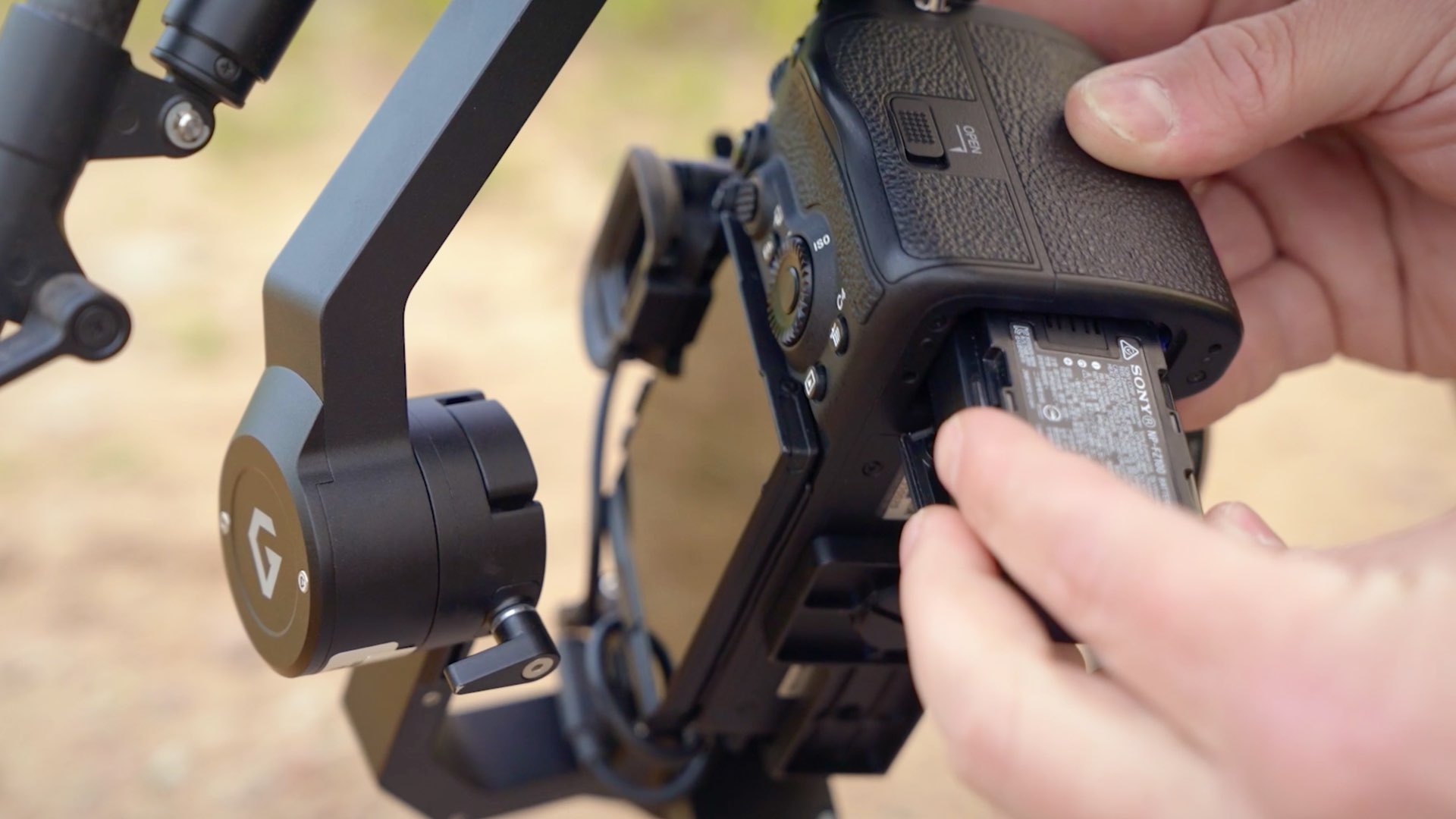
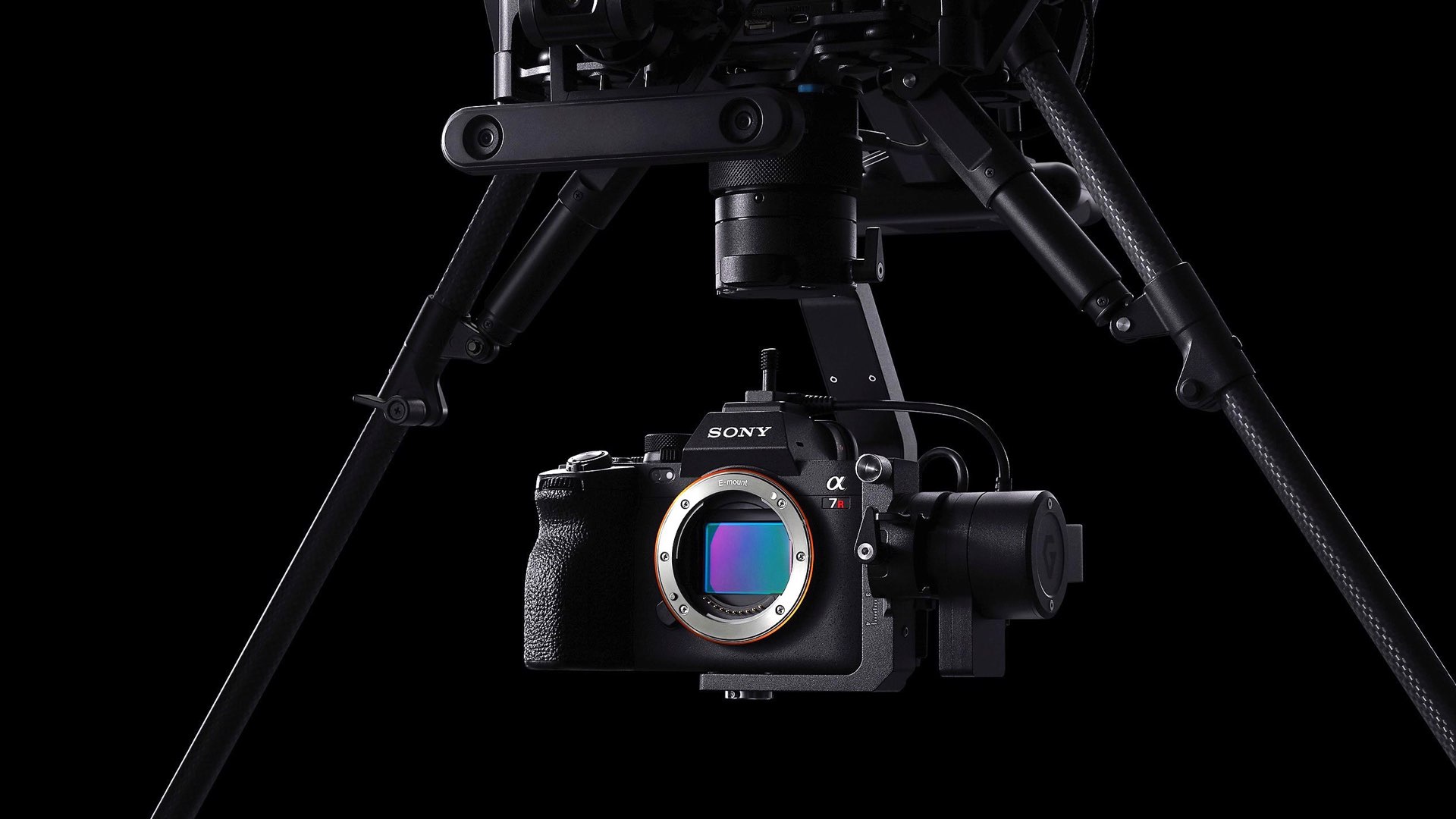

Enhanced Battery
The new LBP HM1 battery has a higher capacity than the previous generation, which allows for longer flight times and less need for battery changes. The Airpeak S1 can now fly for up to 30 minutes without a payload and when combined with the new RTK Kit, PX1 gimbal, an A7RIV, and the Zeiss 35mm F2.8, users can expect flight times of up to 20 minutes. A configuration with the T3 gimbal for Airpeak, A7S III, and a 24mm F1.4 G Master lens can realize up to 17 minutes. Now that’s inferior to DJI Inspire 3 which can do 28 minutes (paired with camera and gimbal).
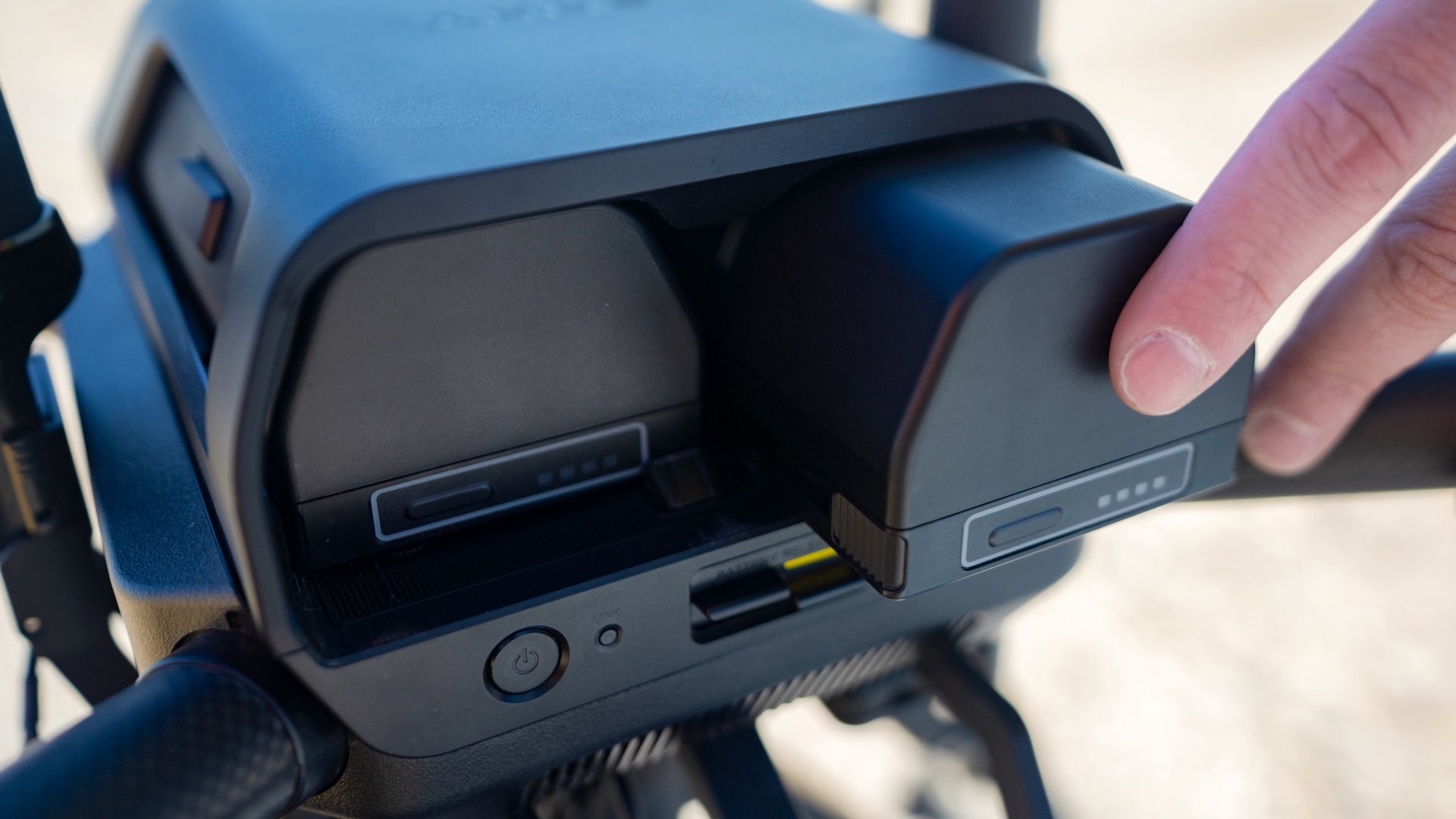
Price and availability
All these toys will cost you a decent amount of money. Here are the details:
- RTK GNSS Kit w/ Base Station: $4,000 (Customer Delivery Date: June 9, 2023)
- Gremsy Gimbal PX1: $4,000 (Customer Delivery Date: May 19, 2023)
- 3,938mAh Enhanced Battery for Airpeak S1 LBP HM1: $400 (Customer Delivery Date: June 23, 2023)
A naked Airpeak drone will cost you $9,000, so do the math.
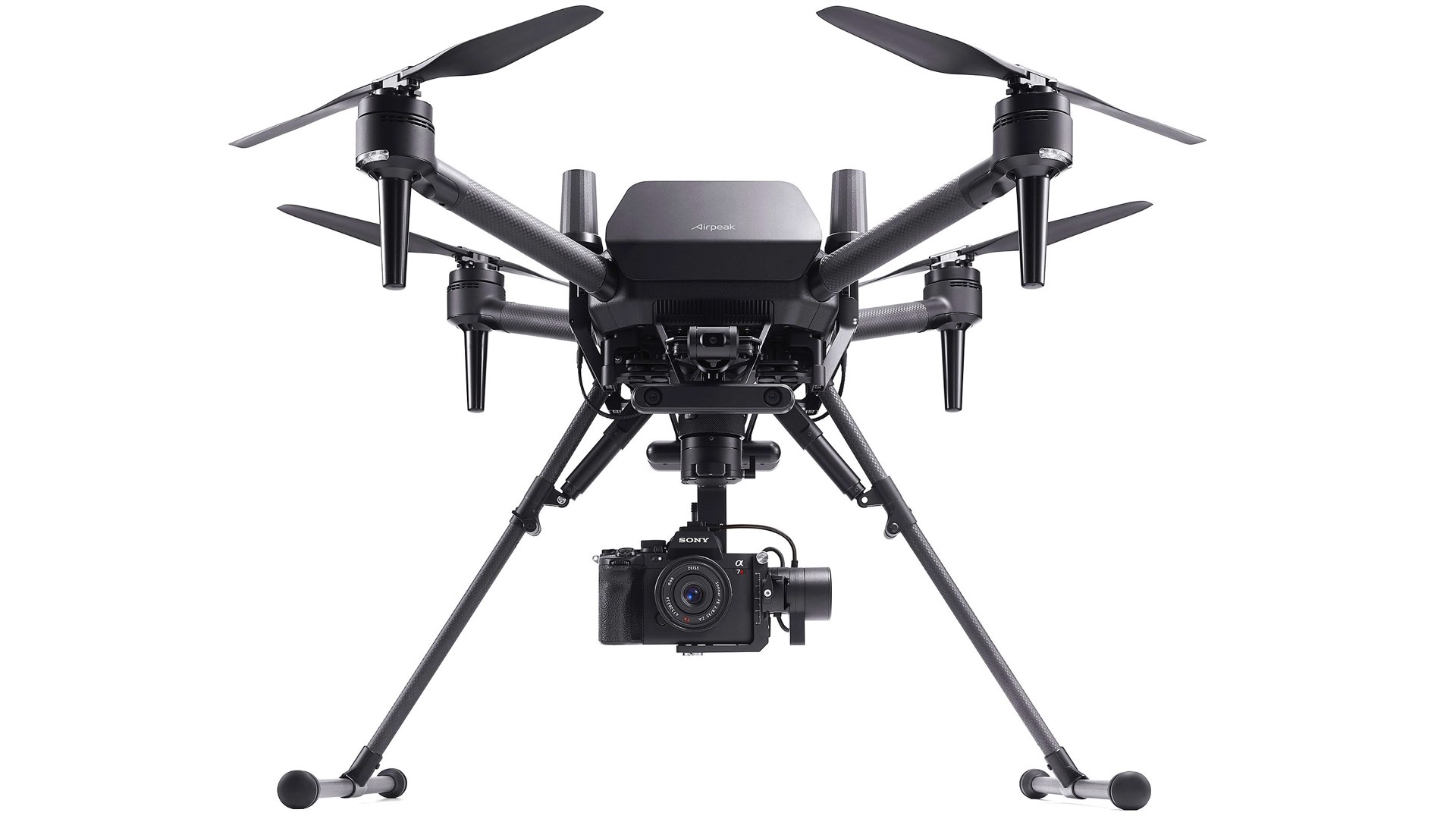
Closing thoughts
It’s safe to say that, in this price range, the Sony Airpeak has turned out to be a solid competitor to the new DJI Inspire 3. An Airpeak with a gimbal and RTK cost about $17,000. You also need a Sony mirrorless camera and a lens. DJI Inspire 3 starts at $16,500, which includes a camera (without a lens). But again, Airpeak can fly a full-frame Sony mirrorless which can be utilized for other filmmaking missions, as opposed to the Xenmuse which is DJI dedicated. Image-wise—Airpeak can deliver higher-quality imagery. We’d guess that Airpeak will be chosen over Inspire in professional aerial production environments. What’s your take on this?
Product List
Here’re the products mentioned in the article, and the links to purchase them from authorized dealers.
- Sony Airpeak S1 Professional Drone



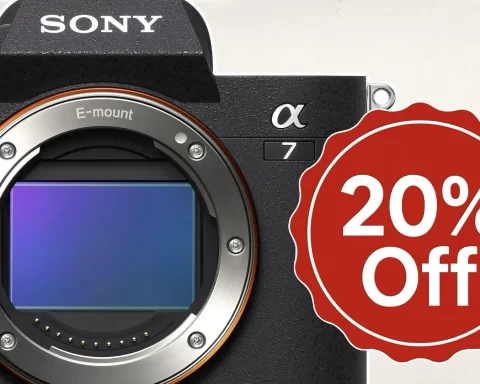

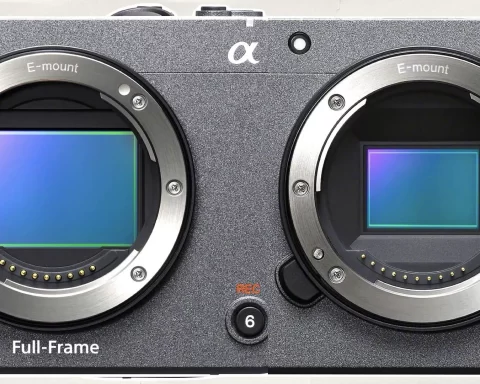

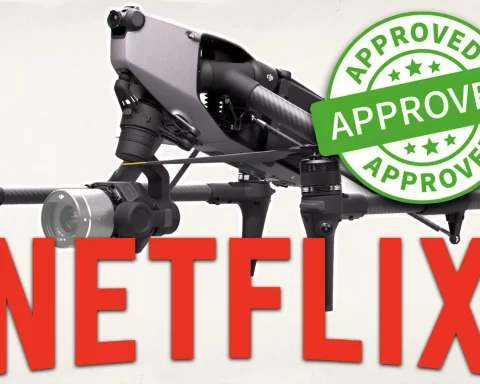

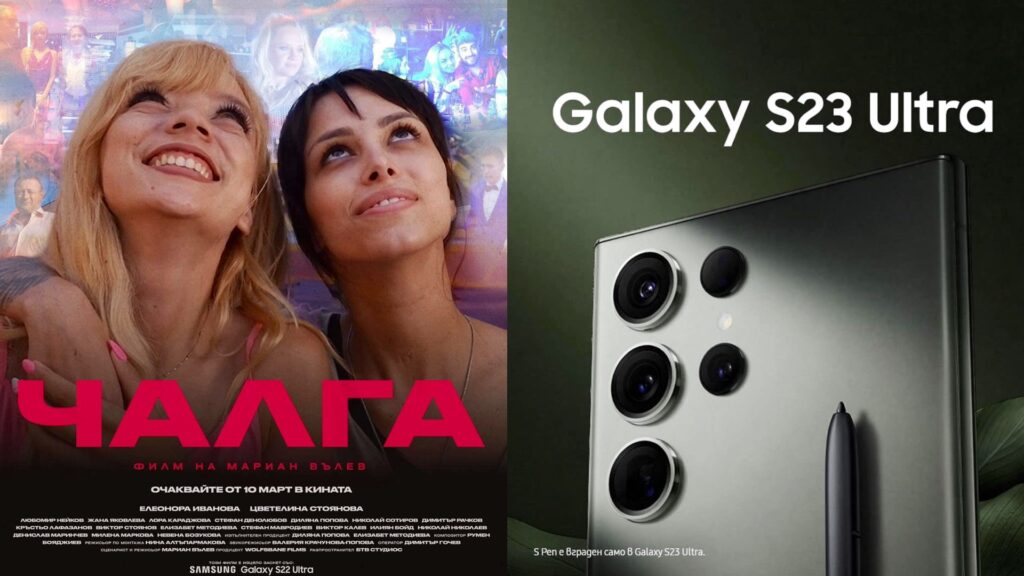
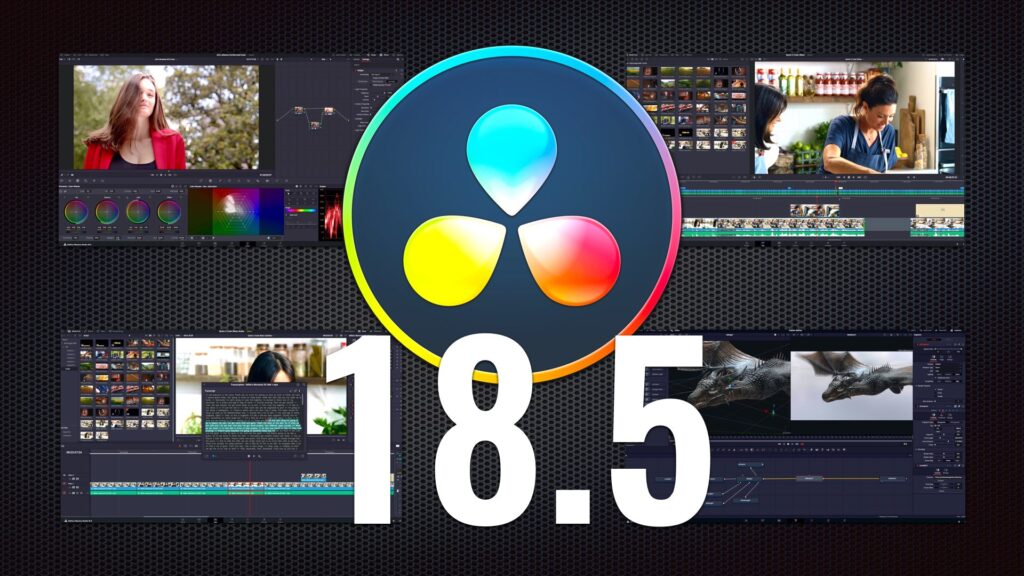

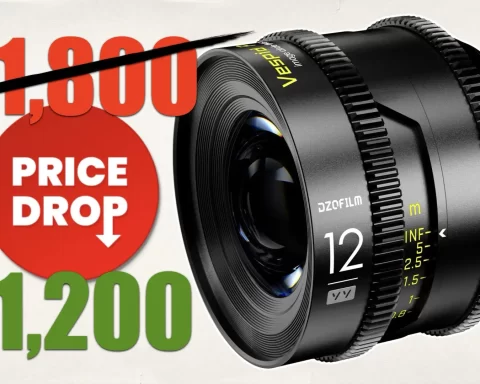
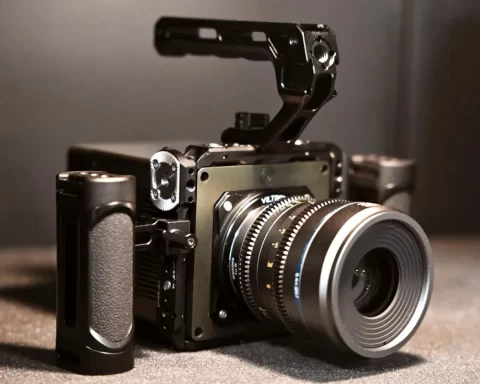

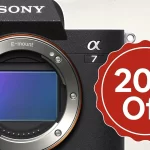
The zenmuse x9 6k is on my dji ronin 4d right now which I love, I was excited to swap over the zenmuse to the Inspire 3 but it’s unclear if it will work as the package they are selling at launch includes the 8k version. I could care less about the extra 2k but would be interested in the Inspire 3 if you could get the drone alone for under 10k. The dji ronin 4d also takes the same batteries as the ronin 4d so people like me would save on that too. I also have a sony a7 iv and the Ronin 4d 6k makes a far superior image in my real-world experience to that camera and now records in prores raw. My hesitation with trying the sony airpeak has been that in my over 1o years of using cinematic drones, I have always had problems with systems that you have to attach a camera that was researched and designed to use on the ground to a drone that will be zipping through the air. From what I have read and others have told me I was right to be cautious and now they want people to pay additional funds to fix their initial offering shortcomings. If I’m going to buy either one of these it would be Inspire but after spending over a year shooting non-stop with mavic 3 cine and the Ronin 4d the difference in image quality is not worth over $10,000, especially with how big and clunky both of these drones are. I could see if you working on a production team with a large budget but even then I’d be confident I could make as good imagery with smaller cheaper drone.
Seems the i3 X9 will work on the Ronin but not the other way around. Too heavy
I kind of think if you’re charging this much money for a drone, Sony could have used some of the FR7 PTZ camera parts they have already and just hung their 12MP sensor off the bottom as an included e-mount camera. The rest of the carbon fiber tubes and little motors would then be easier to pay 10 grand for. Didn’t they come out with some lightweight full frame lenses around the time the A7C launched or was that Sigma?
I’m not really sure why you assume the AirPeak has higher quality video than the I3? The I3 shoots 8k Raw. The only Sony camera that can do that is the 8k Venice 2. I think Sony has been outgunned here pretty solidly. Not to mention the AirPeak preforms much better on paper then in actual usage